Blue and white livery replaced decades of all-over dark green buses on the city’s streets when Tayside Regional Council took control in 1975.
Village and city were being lumped together at the time following a blueprint for a united Tayside in what was the biggest administrative change Scotland has ever known.
The Royal Commission on Local Government in Scotland, usually called the Wheatley Commission or the Wheatley Report, was eventually published in September 1969.
Its recommendations led to a new system of regional and district councils.
Derek Simpson has previously penned two books about the city’s bus scene from the demise of the trams through to the inception of Tayside Region in 1975.
Tayside Buses – Blue is the Colour is the third book in the transport enthusiast’s nostalgic series, chronicling what the next 22 years had in store for the city’s fleet.
The colour of the buses would change from two-tone green to two-tone blue with a white relief band after Dundee Corporation was consigned to history.
The new blue livery was not the only thing that would change and Derek’s book is supported by 170 images that are sure to evoke memories for thousands of people.
The launch of the book coincides with the 50th anniversary of the introduction of exact fare buses in Dundee, which was another huge change for the travelling public.
Derek said: “Memories fade over time and people won’t be around forever, which is why I have always felt it is so important to record the city’s transport history.
“Today’s commonplace is tomorrow’s nostalgia, as they say.
“Many things that we take for granted today, such as wheelchair and buggy-accessible buses, actually began in the period the book covers, from 1975 to 1997.
“These dates are significant as the former is when the Dundee Corporation was taken into Tayside Regional Council, including the control of Dundee’s buses.
“The latter saw the end of local ownership with the business eventually being sold to National Express, which brought the start of the Travel Dundee era.
“What about those 22 years in between?
“So much would change, not just in Dundee but within the bus industry in general.
“The travelling public in Dundee would see the introduction of mini-buses to previously inaccessible areas in 1987, and the first low-floor bus in Scotland entering service in August 1993, giving easy access to buggies and people who were disabled.
“It is interesting to reflect that nearly 30 years on all buses are now low-floor with the industry having adopted this as the accepted standard.
“Public expectation around accessibility has also changed so much during this period.”
Derek added: “Onwards to the 1990s, where a move into the coaching market was also embraced with much enthusiasm, to the extent that Greyhound Coaches were purchased.
“This move immediately added 13 coaches of mixed vintage and variety to the fleet.
“Outside of this probably the two most significant events were bus deregulation in 1986 and the employee buy-out in 1991, which saw the buses leave local authority ownership for the first time in more than 100 years.”
The book features contributions from Dr Alan Westwell, who was appointed as Director of Public Transport for the newly-formed Tayside Regional Council in 1974.
He was appointed six months prior to the new council taking control and the book provides an insight into how the decision to pick the colour blue for the city’s bus fleet was arrived at.
He also reveals why the Volvo Ailsa became the dominant bus in the city for more than 20 years which made Tayside the largest operator of this type in the UK.
Why was the Bristol VR double-decker not successful in the Dundee fleet?
The book charts the reasons behind their problematic service life in the 1970s and why no further orders for British Leyland products were forthcoming.
By the 1980s the winds of change were blowing, with new housing developments in Broughty Ferry, Monifieth and Carnoustie expanding rapidly with passenger numbers growing as a result of the population increase towards the east of Dundee.
Added in to the mix was the fact that British Rail had halts between Dundee and Arbroath so a planning unit was established to look at an integrated transport policy.
Agreement was reached to standardise fares, season tickets, routes and timetables and the introduction of the Tayway bus services commenced in September 1980.
Derek said: “Tayway bus services was a joint scheme between W. Alexander (Northern) Ltd, British Rail and Tayside Regional Council Transport Committee.
“Prior to this Dundee city buses services had terminated at Balmossie Street in Barnhill, just short of the city boundary.
“However, the Tayway now saw Dundee buses reach into Monifieth and also introduced the exact fare policy on W. Alexander (Northern) Ltd’s buses for the first time as they fell in line with Tayside’s existing policy.
“These combined services provided passengers with a bus every 15 minutes between Dundee and Monifieth and every half hour between Dundee and Carnoustie.”
For £12 when launched, Tayride 1 granted the passenger unlimited travel on Dundee city bus services as far as Balmossie Street, Northern services between Dundee and Balmossie Street, and all British Rail services serving Dundee, Broughty Ferry and Balmossie Halt.
For an additional £2, Tayride 2 gave the benefits of Tayride 1 plus travel to Monifieth. Lastly, the Taycoaster season ticket gave the same as Tayride 2 but extended the travel to Carnoustie, costing £20.
To put this into perspective, the adult fare from Dundee High Street to Ashludie Terrace was 40p and to Carnoustie it was 70p!
The book also looks at some of the many buses demonstrated over the years in Dundee.
The highlight was 1988 when five different buses were trialled on the 18/19 Kirkton services from as far a field as Leicester, Birmingham and Edinburgh.
Derek said: “Ultimately the Volvo Citybus would triumph and 15 were ordered, taking to the road in November 1990, although little did we know at that time that they would be the last double-deckers to be bought by Tayside.
“In the early to mid-90s the trend swung away from double-deckers to single-deckers.
“This was a departure for Tayside, which, from 1980 until 1993, had a completely double-deck fleet.
“Two-door buses would also be a thing of the past with many losing their centre exits, something Dundonian passengers had been used to since the introduction of the Jumbo fleetlines to the city in 1972.”
So does this trilogy of books mark the end of the line for the story of Dundee’s buses?
Always-busy Derek’s personal collection of images stretches into the thousands and plans are already at an advanced stage for a fourth book.
This will look at the region’s love affair with the Volvo Ailsa and will hopefully be released later next year.
- Tayside Buses – Blue is the Colour is available now from specialist stockists and Derek can be contacted on derhes@btinternet.com for more details.
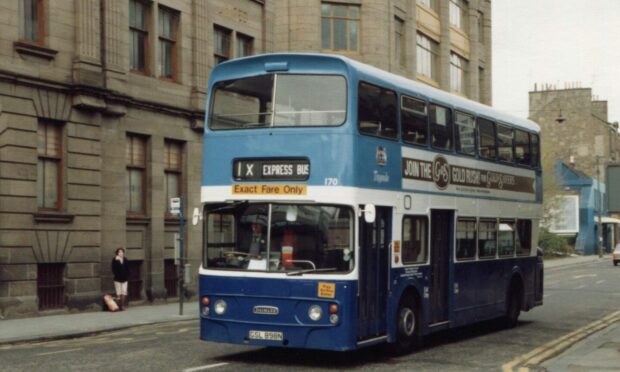
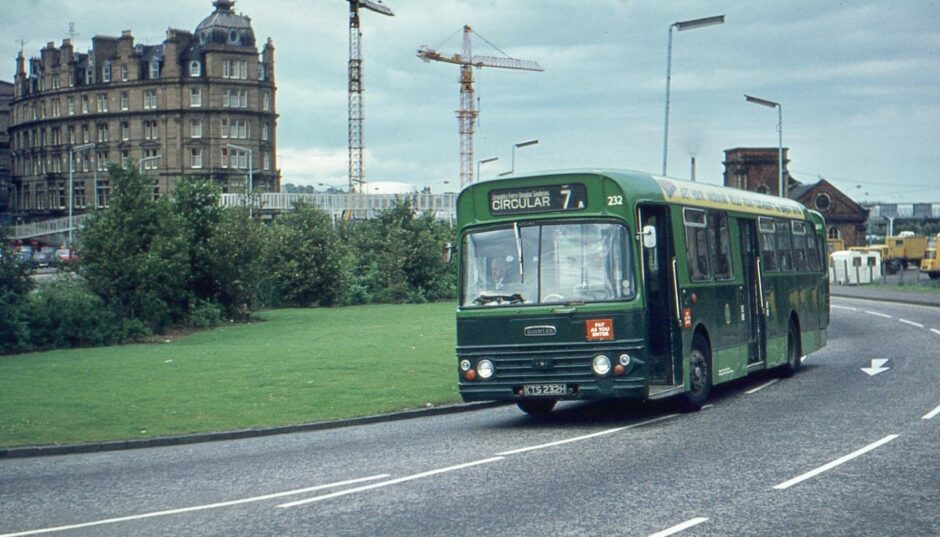
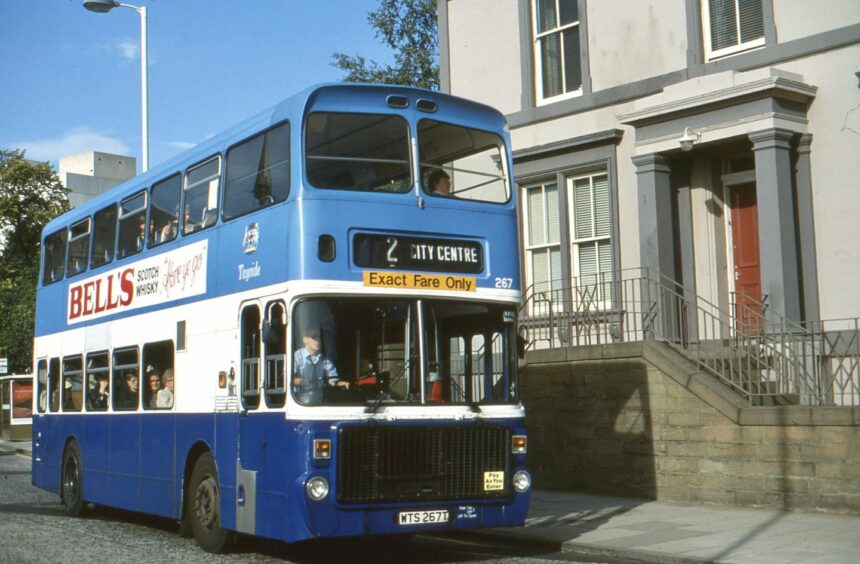
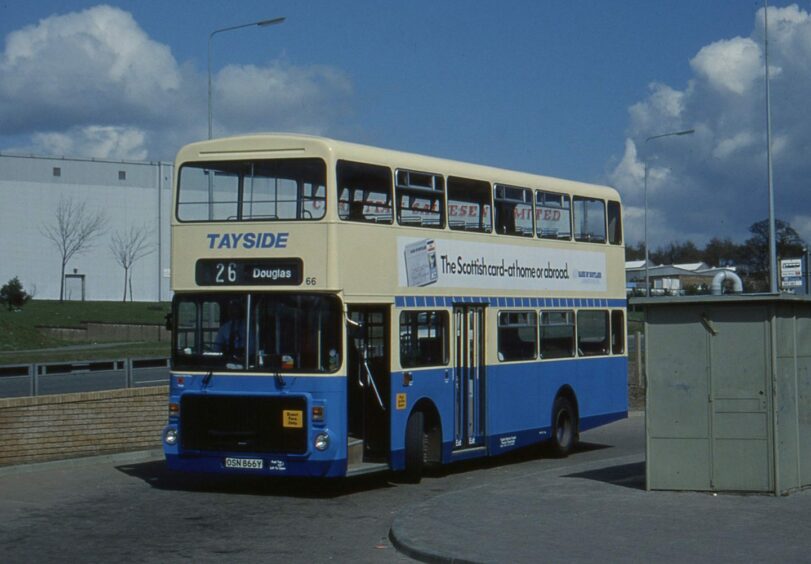
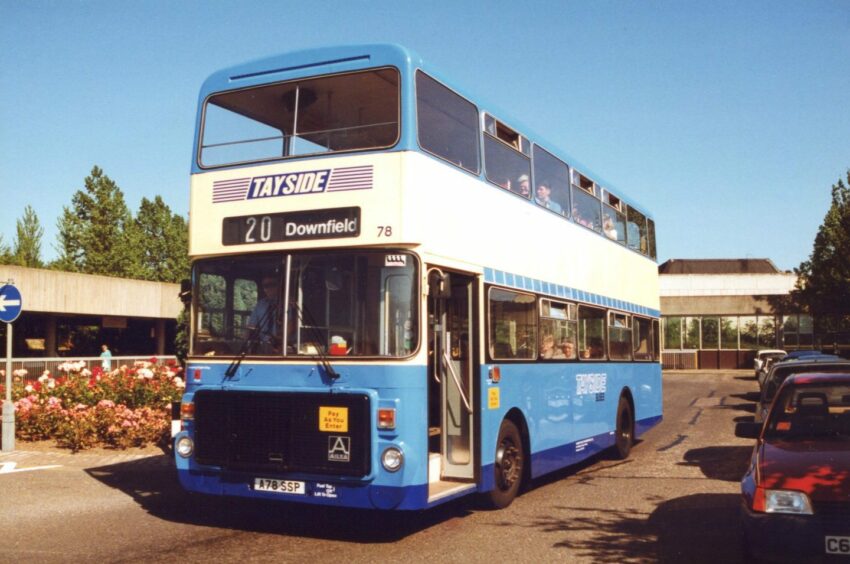
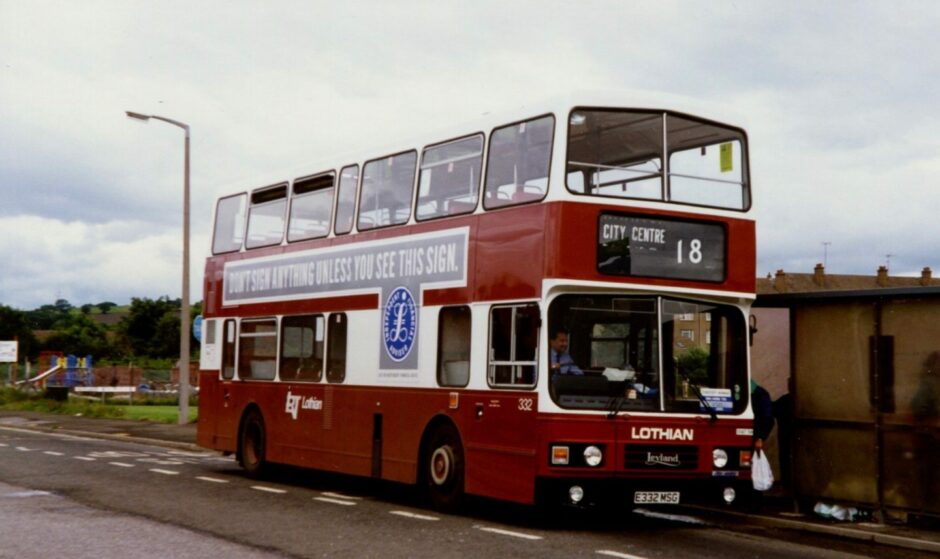
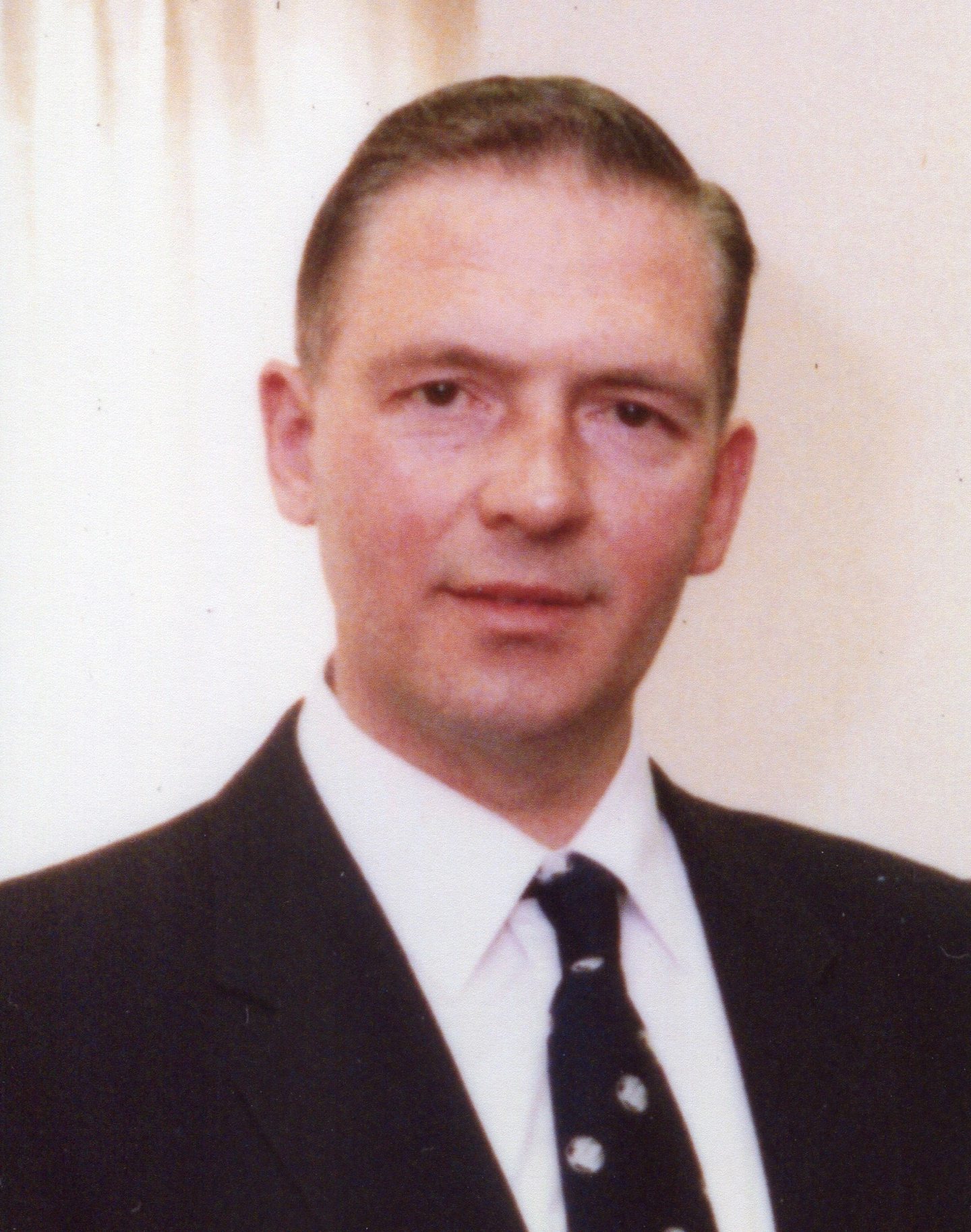
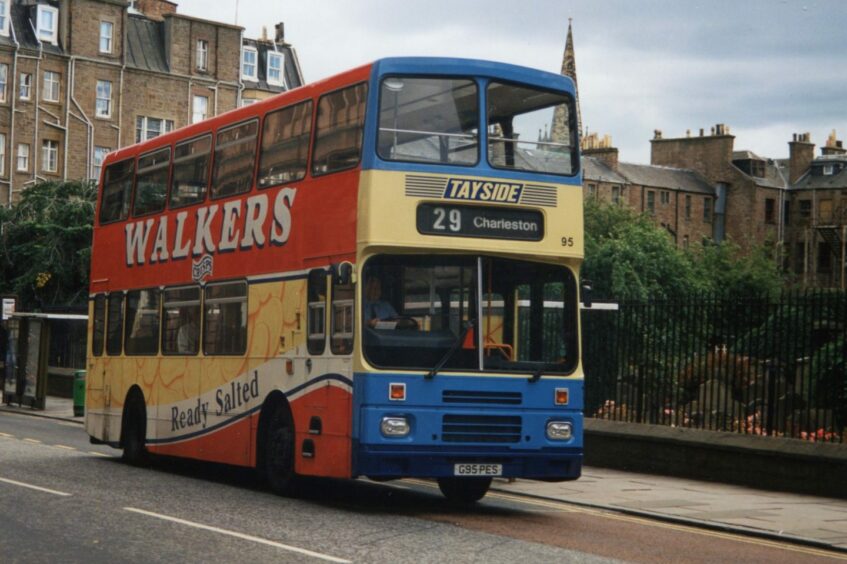
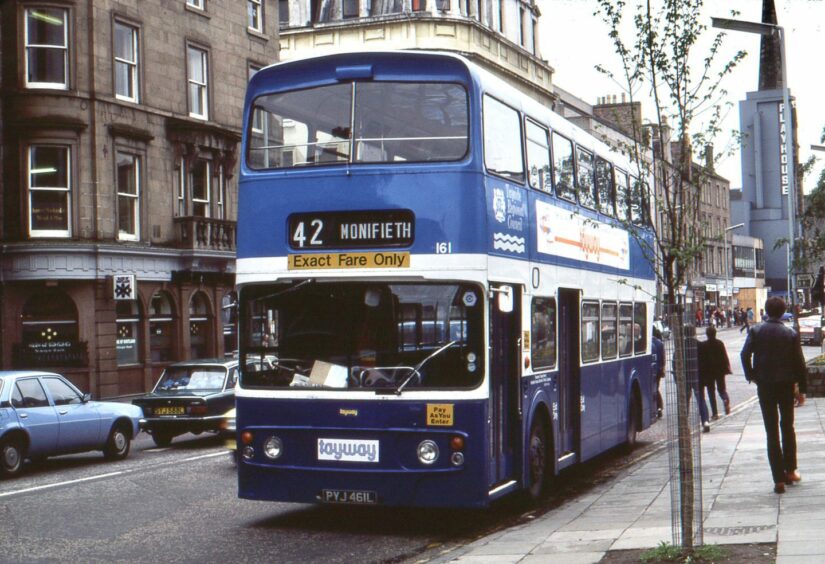
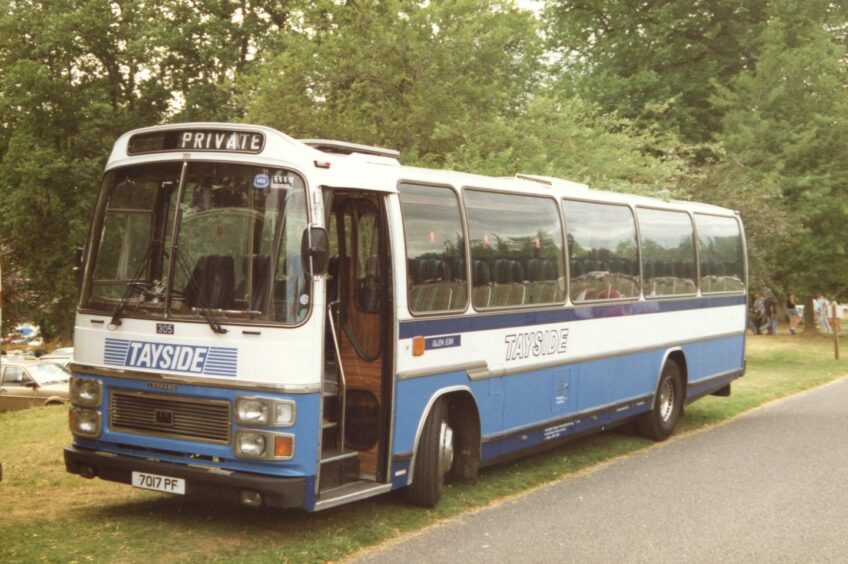
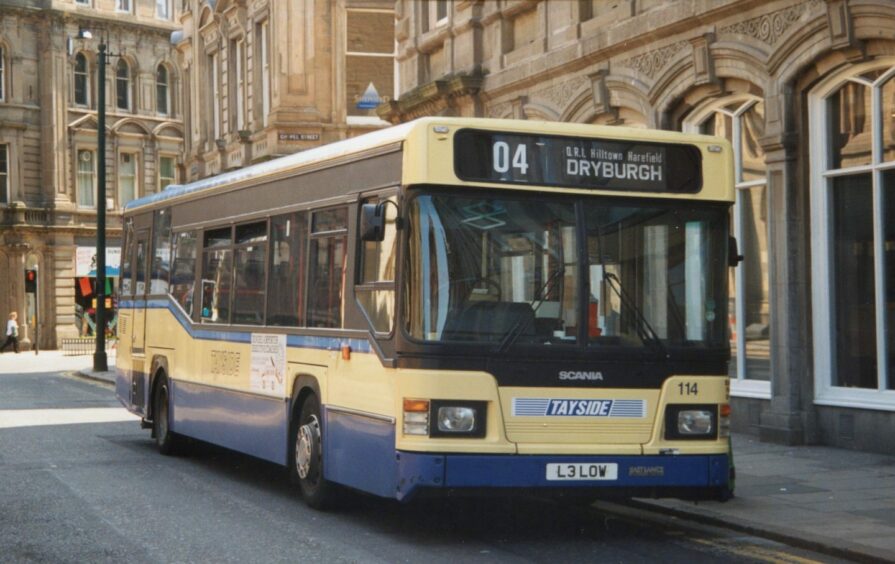










Conversation